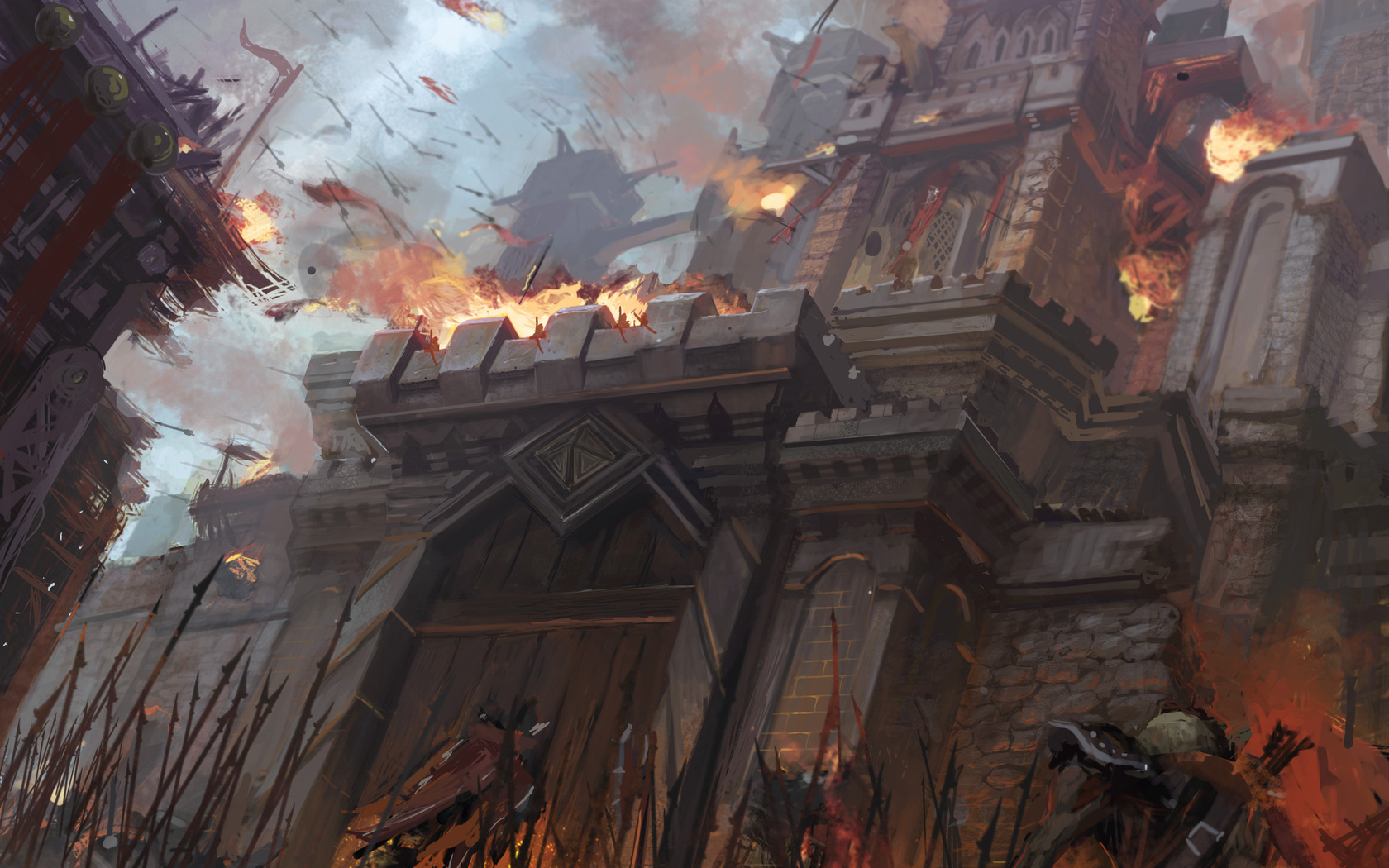the Zealot Temple siege were a radical Jewish religious/political movement. They believed that the land and its people belonged to God. They were bitterly opposed to Roman taxes.
When Simon bar Gishala and John of Gischala led their faction to revolt against Rome, Titus crushed them (“B. J.” v. 6, SS 6). Their ferocity and determination to serve God, however, deserved honor.
The Zealots
The Zealots emerged as a religious/political group in the 1st century CE. They are described by Josephus in both The Antiquities of the Jews and The Jewish War.
The movement was founded by Judas the Galilean and influenced by the Pharisees and Sadducees. It was known for its fervor and passion.
Its philosophy was based on a fundamental principle: God alone was to be served, and service of the Romans, including paying taxes, was a sin (Psalm 106:30-31).
The Zealots also were known for their violent resistance. A subgroup, the Sicarii (“dagger men”), copied the tactics of the Maccabees and attacked those who collected taxes, as well as Roman convoys. The zeal of the Zealots led them to commit suicide in the end, as Eleazar from Gamla and his followers saw no other option. Their words of protest, echoed by Jesus when he wept over the city, came to pass: “All who draw the sword will die by the sword.” (Luke 19:41-44).
The Sanhedrin
The word sanhedrin was used to designate various councils (gerousia or presbuterion) that existed throughout Palestine under both Greek and Roman rule, including a great sanhedrin at Jerusalem that was considered to be the supreme religious and judicial body of the Jewish nation. Local or provincial sanhedrins were also established, and they had different legislative and judicial functions.
The members of a sanhedrin were chosen according to the Bible’s commandment, “Gather for Me 70 men.” There are different numbers in the sources, ranging from 23 for capital cases to three for lesser crimes.
It is not clear whether any of the Zealot leaders were members of the Sanhedrin, although Josephus mentions two of them—Eleazar b. Simeon and *Zechariah b. Avkilus—against the background of their antagonism with Anan b. Ari and the extreme elements in Jerusalem (War 5:250). But it is not possible to draw far-reaching conclusions about this group from the fact that Josephus does not use the term sanhedrin in his account of the war, and that he identifies them with the Sicarii and the Zealots only after Book 2 of his work.
The Romans
After the failure of Simeon’s attempt to restrain the Sicarii at Masada he enlarged his own unit, and when in Jerusalem he made clear that the Kanna’im were now the dominant element. His own personal leadership was hardly in question. Side by side with him stood personalities such as *Zechariah b. Avkilus, Simeon the son of Ari, and Judah the Galilean, whose military achievements were outstanding (War 4:503-6).
The commanders in besieged Jerusalem at that stage were *Simeon bar Giora of Gerasa and John of Giscala. It would be rash to maintain that either of these two men belonged definitely to the sect of the Zealots.
Josephus distinguishes in a general way between the various parties which took part in the resolute stand against Rome; he names the Sicarii first, then the soldiers of *John of Giscala, and then those who were called the Zealots (Book 7 of his Jewish War). It is not known what became of these leaders before the final fall of Jerusalem.
The Siege
Judah of Gamla may have founded the Zealot movement, but it was certainly dominated by priests. Josephus, who had been put in charge of Galilee by the new emperor, describes their radicalizing influence.
When the Roman general, Vespasian, returned with an army, he ruthlessly crushed all resistance. Sepphoris, Jotapata (where the rebel scribe Josephus surrendered) and Gamla were reduced to smoking ruins, while thousands of Jews were slaughtered or sold into slavery.
The defenders of Jerusalem were in despair. When the twelfth Roman legion arrived with plans to storm the city, a group of Zealots met. Their leader, Eleazar of Gamla, argued that suicide was honorable in preference to captivity. Like the heroes of Jotapata and Gamla, they would be martyrs rather than mere slaves. In response, the defenders made their own decision: they all killed themselves rather than fall into Roman hands. The defenders of the Temple were no exception. It was the last stand of the Jewish nation as a whole.
